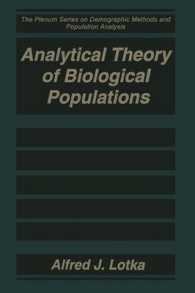- ホーム
- > 洋書
- > 英文書
- > History / World
Full Description
Collective memory can make and break political culture around the world. Representations and reinterpretations of the past intersect with actions that shape the future. A nation's political culture emerges from complex layers of institutional and individual responses to historical events. Society changes and is changed by these layers of memory over time. Understanding them gives us insight into where we are today. Encompassing examples from colonization and decolonization, revolving around the critical junctures of the world wars, this book illustrates how collective memory is produced and organized, through commemoration, through monuments, and through individuals sharing stories. Using concrete examples from around the world, James H. Liu shows how different disciplines can come together through shared concepts like narratives and generational memories to provide mutually enriching perspectives on how political culture is made, and how it changes.
Contents
Part I. Introduction to Collective Remembering: 1. The rise of research on collective remembering; 2. Top-down approaches to collective remembering; 3. Bottom-up approaches to collective remembering; Part II. Developing a Theoretical Approach to Collective Remembering: 4. The organization of collective memory; 5. Social representations of world history as a symbolic resource: content informs process in future making; 6. Historiography and human agency: collective memory as history, and history in collective remembering; 7. A dialectical approach to collective remembering; Part III. Idiographic Case Studies of Collective Remembering: 8. China and the United States of America: going beyond the Thucydides trap; 9. Colonization and decolonization in Israel-Palestine and Aotearoa-New Zealand; 10. The COVID-19 pandemic and the reciprocal relationship between past, present, and future.








